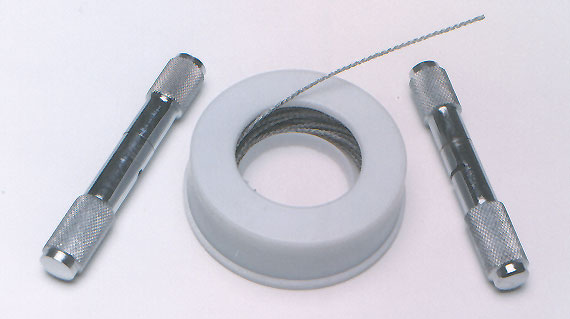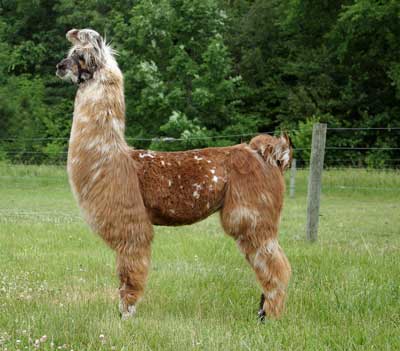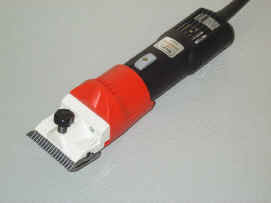Heat stress claims the lives of many llamas every year. Proper grooming, including shearing, is required especially of long-wooled llamas. Shade and ventilation, including the use of fans to circulate air around the llamas can prevent the occurance of heat stress in all but extreme conditions. When the temperature and/or humidity are high, llamas should not be stressed, which can include transporting, showing, herding/running the animals, packing, or breeding. They should have access to shade, air flow, and fresh, cool water. Some breeders add electrolytes to the water source.Pools of water such as kids plastic wading pools are sometimes used by the llamas, as are natural ponds and streams. Wetting down a sand pile in a shady area can provide a cool place for llamas. Hosing down the llamas legs and under the belly can help. However, be careful not to wet the llamas body wool, as this will create an insulating wet blanket and make the heat rejection more difficult.
Symptoms of heat stress include high respiration rate, open-mouth panting, foaming at the mouth, staggering or walking stiff-legged, inability to rise, and collapse. A rectal temperature over 102 degf for an adult is indicative of heat stress. Animals exhibiting symptoms should be treated immediately to bring down the temperature.
Complete shearing, wetting, soaking in cold cloths, ice or alcohol packs applied under the belly and to the back of the head can help bring down internal temperatures. A cooling enema can also help. A collapsed animal is in critical condition, and your vet should be consulted immediately. Complete recovery from severe heat stress can takes weeks, or longer; if the patient survives.



